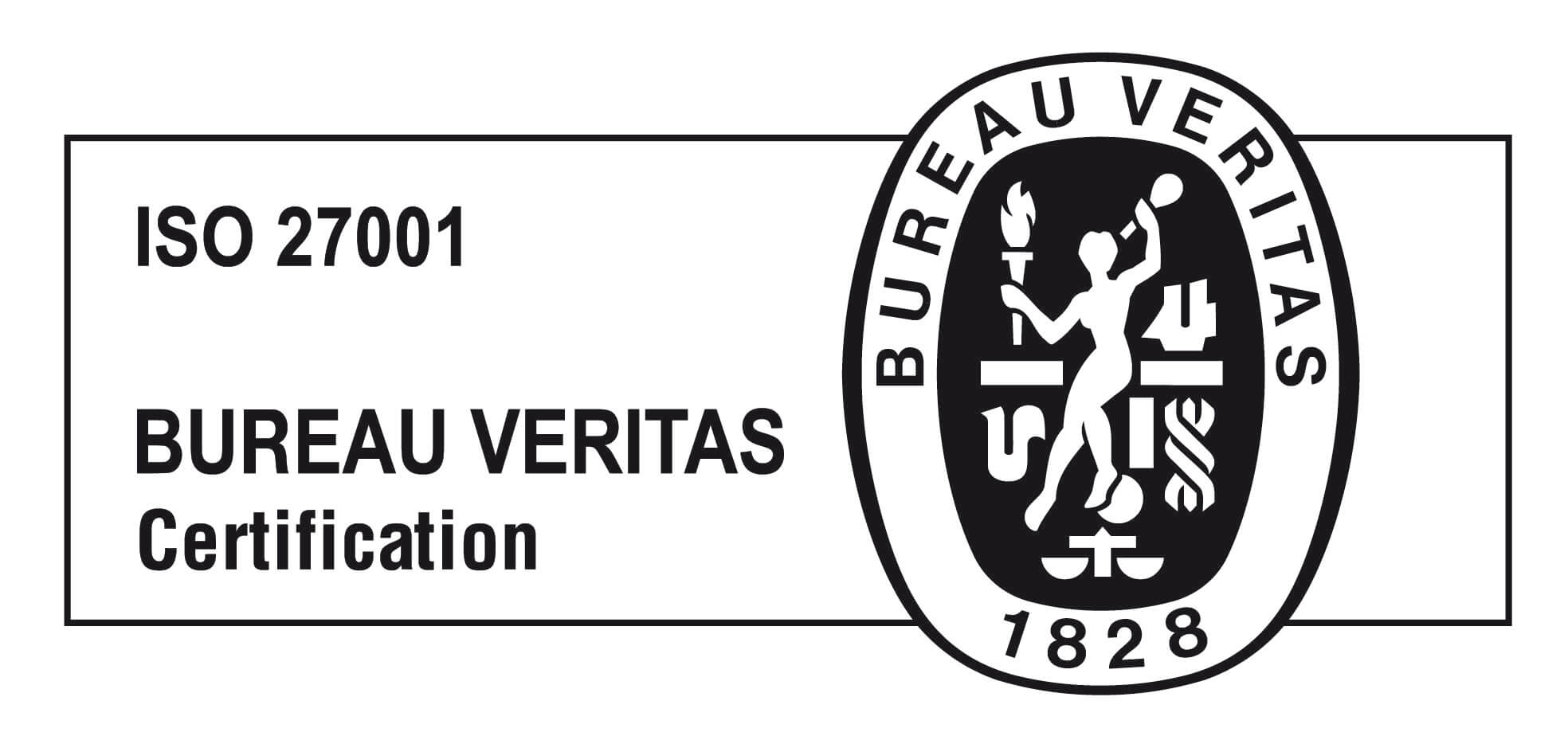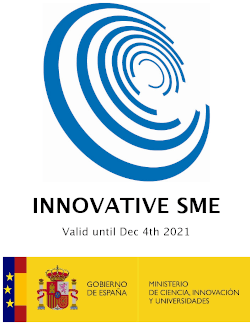90% of IT leaders use open source software in their organizations’ innovation streams. This requires a strategy to manage modern companies’ relationships with the open source projects they use, release, or even contribute to. An open source program office (OSPO) creates this strategy by working across the organization. In this blog post, we want to highlight 5 reasons that your organization can master with an OSPO.

An OSPO manages the relationship of your organization with the open source ecosystem you depend on. By understanding the company’s open source ecosystem, an OSPO can maximize ROI while reducing the risks of consuming, contributing to, and releasing open source software. Since the company depends on an open source ecosystem, ensuring its health and sustainability is important to the company’s health, growth, and evolution.
5 reasons that your organization can master with an OSPO
Open source software is a strategic component of digital innovation and sovereignty for organizations and governments. Let’s navigate trough we want to show these five trends that have led us to this point:
1. Open source is the defacto standard for new technology development and R&D.
Research and development today often build on the latest technologies. Open source is a testbed and incubator for new technologies, including Blockchain, Artificial Intelligence, Machine Learning, and Big Data analysis. So, your organization needs to have an eye on the emerging technologies and open source projects that form around them. The strategic decision is which projects to engage in, learn from, and contribute to.
An OSPO manages and oversees your connection and level of engagement with open source projects. Open source software produces new standards, including recent examples like the cloud, containerization, continuous integration and continuous development pipelines, and new programming languages. When compared to standardization organizations, open source accomplishes the same goal with less overbearing governance, procedures, and antitrust precautions. But, you will not get an invitation to shape new standards and have to seek out and take part in open source projects. An OSPO will keep an eye on the open source ecosystem for you.
2. Working in open source projects broadens the role of developers.
Your developers are likely already using, if not contributing to open source projects. This lowers costs because open source reduces duplication of work and shares efforts with competitors. In doing so, developers make decisions about procurement of the software they use, releasing and licensing intellectual property that belongs to your company, and public relations with competitors, customers, and regulators in the open source ecosystem.
An OSPO establishes guidelines and provides training to empower developers in their new roles. Therefore, the OSPO coordinates this with functional areas, including engineering, human resources, legal, marketing, and finance.
3. Open source is in your software supply chain and needs appropriate “vendor management”.
Your products and services likely depend on open source projects. As a matter of fact, a direct dependency means your developers included open source libraries in your product. An indirect dependency comes from using infrastructures like servers, cloud, routers, and other devices that run with open source software. Sometimes, a vulnerability is found in an open source software and users (you) are urged to update.
An OSPO supports the elimination of vulnerabilities by keeping an inventory of open source software in your technology stack. So, this pull model provides more transparency and options. In contrast, the traditional push model in proprietary software leaves you at the mercy of vendors to inform you of updates.
4. Developers prefer to work with peers across the industry and seek companies with a strong technology brand in open source.
Similarly, companies benefit from hiring developers that have demonstrated skills in open source. Working in open source projects also helps upskill your workforce through learning opportunities from solving real-world problems with others. Sometimes, work in open source is not related to the job but skills may transfer.
An OSPO helps software engineering teams to work on open source projects. It bridges between the norms and expected behaviors of the company’s internal culture and the open source ecosystem culture. Also it establishes guidelines for developers about accepted and expected open source engagement. This reduces stress for developers and creates a more coherent image for the company.
5. It has never been easier to establish an OSPO.
The OSPO Landscape is growing. New OSPOs are established across industries, universities, and governments and every OSPO is different to support the strategic goals of its organization’s open source engagement. OSPO leaders have documented and shared best practices for setting up an OSPO. For instance, the TODO Group focuses on industry OSPOs. The OSPO++ Network focuses on universities and governments. In fact, the Open Source Initiative, the stewards of the open source definition, launched the Open Source Technology Management program in cooperation with Brandeis University. And last but not least, the OSPO.zone has been recently announced as an open initiative supported by many European organizations to create an open community of knowledge, discussion, and tools around OSPOs.
Bitergia Services for master an OSPO

As we reviewed the reasons that your organization can master with an OSPO, now it’s time to start an OSPO. First, you should secure support from the highest levels of management because an OSPO will need to interface with many functional areas across the organization. To continue to receive funding for an OSPO, map your successes to business goals and back them with metrics about your open source ecosystem.
Use our Open Source Program Office (OSPO) Framework and Analytics Tool to develop the culture and best practices that support OSS, effectively engage with the OSS ecosystem, and contribute to its sustainability.
Bitergia has the experience to help you build successful workflows, relationships, and reputation within the open source ecosystem. Contact us now so we can help you!









